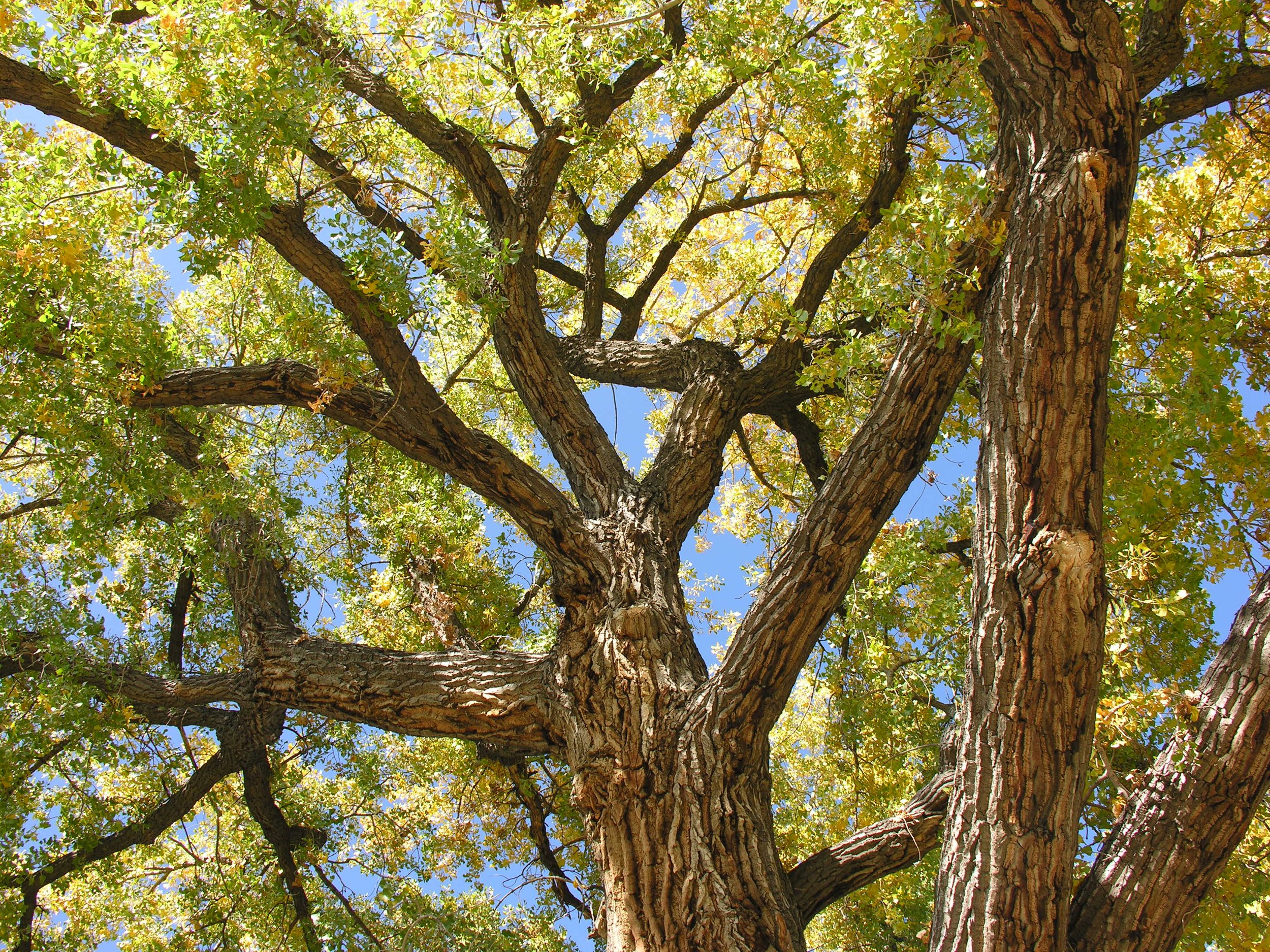
Frequently asked questions.
Is my tree unsafe?
Multiple factors go into determining whether a tree is safe or not. Arborists look at the potential for failure, environmental factors, and what targets are in the path of the tree were it to fail. Factors that contribute to failure are weakly attached branching, poor soil composition - especially after recent construction -, signs of rot or decay, the taper of the tree, among other things.
What should I ask arborists during
consultations?
It depends on what kind of work you are looking to get done, but generally, you should be able to ask arborists questions regarding tree health, physiology, and growth and receive answers. If an arborist recommends pruning, the arborist should be able to explain why they are removing a branch during each cut.
Can I just cut back my tree?
Any cuts made provoke a reaction from the tree. If done carefully, the reaction should help accomplish some sort of goal: encouraging a dominant single trunk or slowing the growth of low branches that will later be removed. However, if pruning is done incorrectly, a negative reaction can occur: encouraging decay, excessive sprouting, dieback. If you are unsure, we recommend spending time reading online resources to learn about how to make proper pruning cuts and to learn about pruning. The ISA website https://www.isa-arbor.com/ and the Arbor Day Foundation https://www.arborday.org/ has many great resources.
Why should I hire an arborist do work on
my trees?
Arborists specialize in tree care and are knowledgable about how to apply tree biology and physiology to help grow robust urban trees. Pruning is not always reversible, so it is a great idea to have someone with experience look after your trees. As well, as trees grow is size, they often become inaccessible or even dangerous for homeowners to work on themselves. Here at Tips, we possess the skills and equipment to safely complete the job, whether it is removals or pruning.

